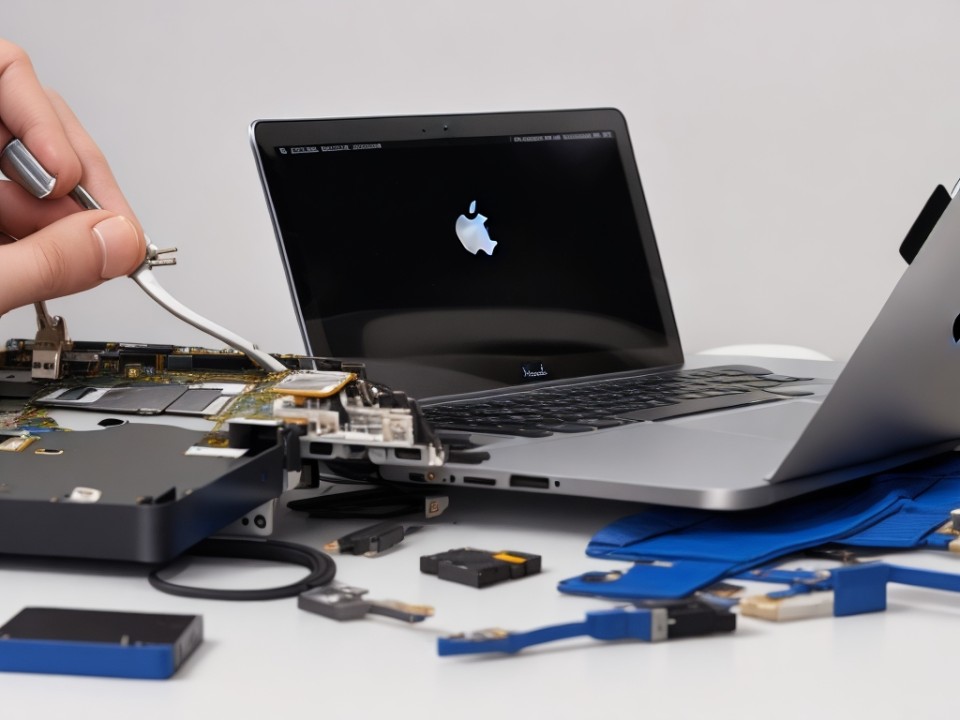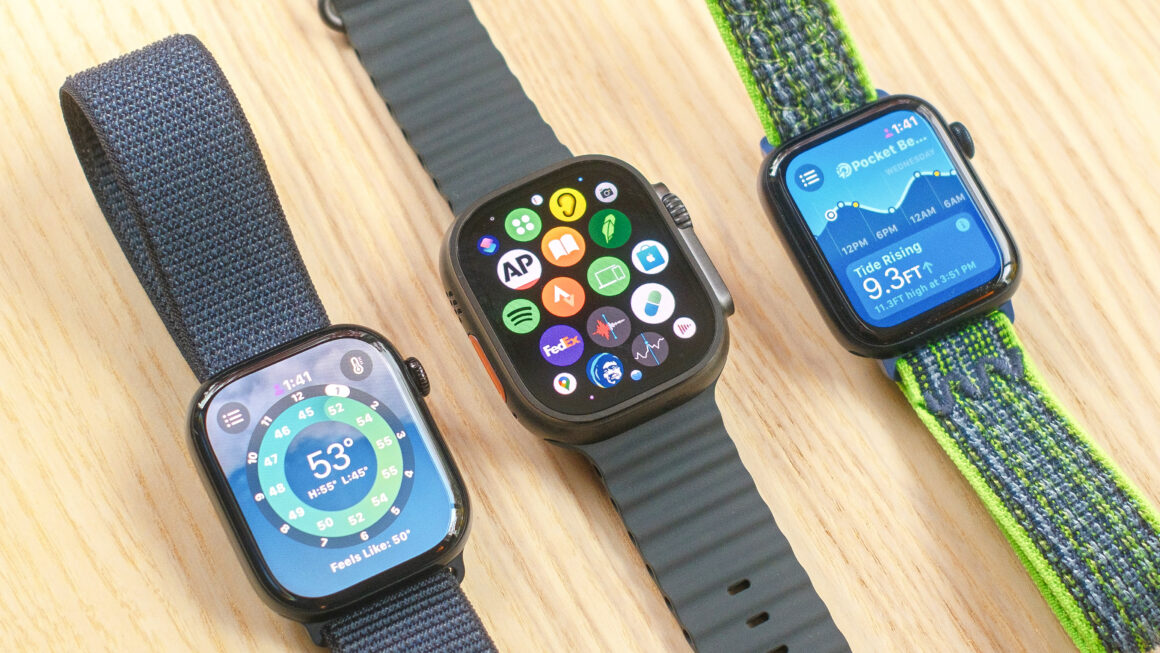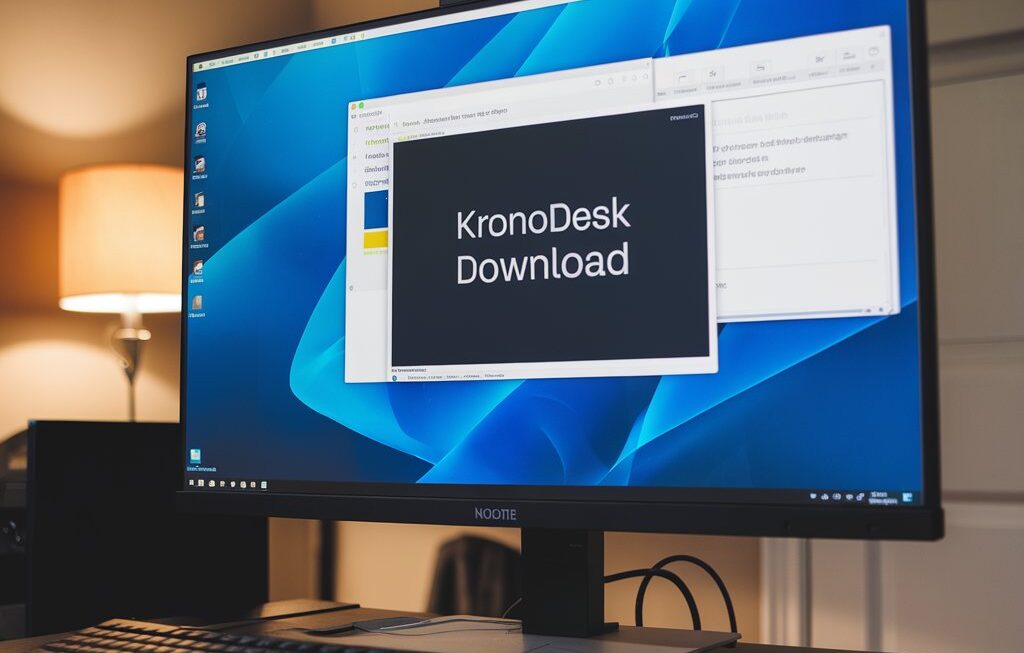A MacBook is a premium device known for its sleek design and high performance but over time even its screen may develop issues that require repair. Knowing how to identify whether your MacBook screen needs repair can save you both time and money while ensuring your device continues to function optimally.
Common signs of a faulty MacBook screen often include visible cracks, flickering displays or discoloration but there are also subtle symptoms to watch out for. Timely identification of these issues can prevent further damage and help you decide whether to opt for professional repair or replacement.
Common Symptoms of a Faulty MacBook Screen
A MacBook screen is like the eyes of your computer; it shows everything you need to see. But what if the screen starts showing problems? One big sign that your MacBook screen needs repair is when you see cracks or lines on it. These cracks can be big or small but they make it hard to use your MacBook properly. Another common issue is flickering. If your screen keeps turning on and off it can be annoying and may mean there’s a bigger problem inside.
Sometimes the colors on your MacBook screen may look strange. For example the white parts might look yellow or the whole screen might look dim even when the brightness is turned up. If your MacBook screen doesn’t respond when you press keys or move the mouse that’s another sign something might be wrong. These problems don’t fix themselves so it’s important to check if your MacBook screen needs repair before it gets worse.
How to Test for Display Problems at Home
Before you rush to repair your MacBook you can try testing it at home to check for display problems. First restart your MacBook. Sometimes a simple restart can fix a flickering screen or random blackouts. Next, adjust the brightness settings. If the screen still looks too dim or doesn’t change brightness it could mean your MacBook screen needs repair.
Another test is connecting your MacBook to an external monitor. If the external monitor works fine but your MacBook screen still has issues the problem is likely with the screen itself. Don’t forget to clean your screen gently. Dust or smudges can make it look worse but if the problem continues after cleaning it’s time to think about repairs.
The Role of External Factors in Screen Damage
Sometimes the problem isn’t with the MacBook itself but with how we use it. If you drop your MacBook the screen can easily crack or the internal parts might break. Even a small bump can cause hidden damage that shows up later. Another external factor is water or moisture. If your MacBook gets wet it can affect the screen and other components.
Heat is another big reason why your MacBook screen might need repair. If you use your MacBook in very hot or cold places it can damage the screen over time. Make sure to always use your device in a safe environment to avoid these problems. Taking care of your MacBook can help keep the screen in good shape for a long time.
Difference Between Software and Hardware Screen Issues
Not all screen problems mean you need a repair. Sometimes the issue is with the software. For example if your MacBook screen turns black randomly it might be because of a software update or settings issue. Try updating your macOS or resetting the settings to see if it helps.
However hardware problems are more serious. If you see lines on your screen cracks or discoloration these are signs that your MacBook screen needs repair. Software fixes won’t help in this case. It’s important to figure out if the problem is in the hardware or software to decide what to do next.
When to Consider Professional MacBook Screen Repair
If your MacBook screen shows serious issues like cracks, blackouts or dead pixels it’s time to consider professional repair. Trying to fix these problems yourself can make things worse. Professionals have the tools and experience to handle screen issues safely and correctly.
Another reason to go to a professional is if your screen issue keeps coming back. Temporary fixes might work for a while but only experts can provide a long-lasting solution. Don’t wait too long because using a damaged screen can affect other parts of your MacBook.
DIY Solutions vs. Expert Assistance: What Works?
If the issue is minor like a dirty screen or small flickers you can try DIY solutions first. Cleaning the screen, restarting the MacBook or checking the brightness settings might solve the problem. But remember to be gentle MacBook screens are delicate and can easily get damaged.
For bigger problems like cracks or hardware failures expert assistance is the best option. Professionals know how to open and fix a MacBook without causing more damage. DIY fixes for major issues can cost you more in the long run so it’s better to trust the experts when the problem is serious.
Cost Implications of MacBook Screen Repairs
MacBook screen repairs can be expensive especially if the damage is severe. The cost depends on the model of your MacBook and the type of screen it has. Retina displays for example are more costly to repair than standard screens.
It’s a good idea to check if your MacBook is still under warranty. AppleCare+ can cover some repair costs making it more affordable. Without warranty coverage you should compare repair prices from authorized service providers and third-party experts. Always choose quality service over low prices to avoid further issues.
Preventing Future MacBook Screen Issues
Prevention is better than repair. To keep your MacBook screen safe always use a protective case or cover. This can help prevent scratches and reduce the risk of damage if you accidentally drop your MacBook.
Also avoid eating or drinking near your MacBook. Spills can damage the screen and other parts. Regularly cleaning your screen with a soft dry cloth can also help keep it in good condition. Taking these simple steps can save you from costly repairs in the future.
Conclusion
Identifying whether your MacBook screen needs repair is crucial for keeping your device in good shape. From visible cracks to subtle flickering, paying attention to these signs can help you take action early. Testing at home is a good first step but professional repairs are the best choice for major issues.
Taking care of your MacBook screen and following simple preventive measures can extend its life and save you money. Remember a well-maintained screen not only looks great but also ensures your MacBook works perfectly for years to come.



